Tibetan monasteries have been important in preserving Buddhist teachings, culture, and traditions for centuries. These monasteries serve as centres for learning, meditation, and religious practice. They follow Tibetan Buddhist traditions, including Nyingma, Kagyu, Sakya, and Gelug. Many are in India, Bhutan, Nepal, China, Mongolia, and Western countries. The architecture of these monasteries often features large prayer halls, golden statues, and sacred scriptures. Monks and devotees gather here for daily prayers, meditation, and religious ceremonies. Festivals, rituals, and teachings help spread Buddhist philosophy to people from different backgrounds. Here in this blog, we will explore a few of them.
Top 10 Tibetan Monasteries Around The Worldwide
Explore 10 Tibetan monasteries worldwide that showcase rich Buddhist traditions and culture.
1. Sravasti Abbey, USA
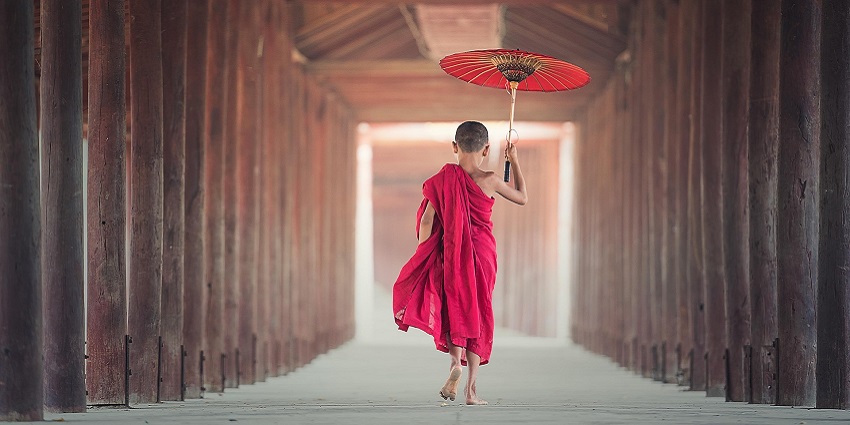
Photo: sasint / Pixabay / Image For Representation Only
Sravasti Abbey is located in Washington, USA. It is among the top Tibetan monasteries outside Asia. Founded in 2003, it follows the Tibetan Buddhist tradition. The monastery has modern buildings with traditional Buddhist elements, such as meditation halls and prayer rooms. It serves as a training centre for monastics and lay practitioners. The monastery plays an important role in spreading Buddhist teachings in the West. Various teachings, meditation retreats, and pujas take place here. Key festivals include Vesak and Tibetan New Year.
Best Time To Visit: Spring and autumn months.
Nearby Attractions: Spokane River, Riverside State Park, and Manito Park
2. Shedra, India
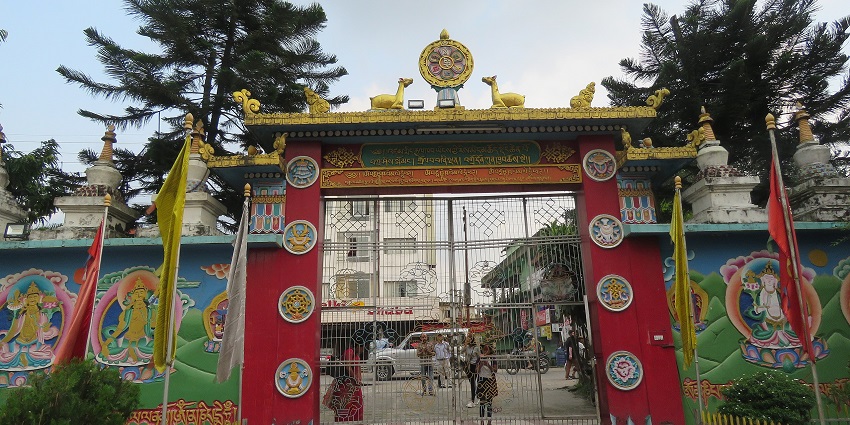
Photo: Vinayaraj / Wikimedia Commons
Shedra is an advanced Buddhist learning centre in India. It is part of many famous Tibetan monasteries that focus on Buddhist philosophy. These institutions follow a structured curriculum, helping monks study Buddhist scriptures deeply. The architecture includes classrooms, libraries, and meditation halls designed for learning and practice. Shedras are significant in preserving Tibetan Buddhist teachings. They organise annual debates, lectures, and ceremonies. Festivals like Losar and Guru Rinpoche Day are observed.
Best Time To Visit: October to March
Nearby Attractions: Dharamsala, McLeod Ganj, Namgyal Monastery
3. Tharpaling Monastery, Bhutan
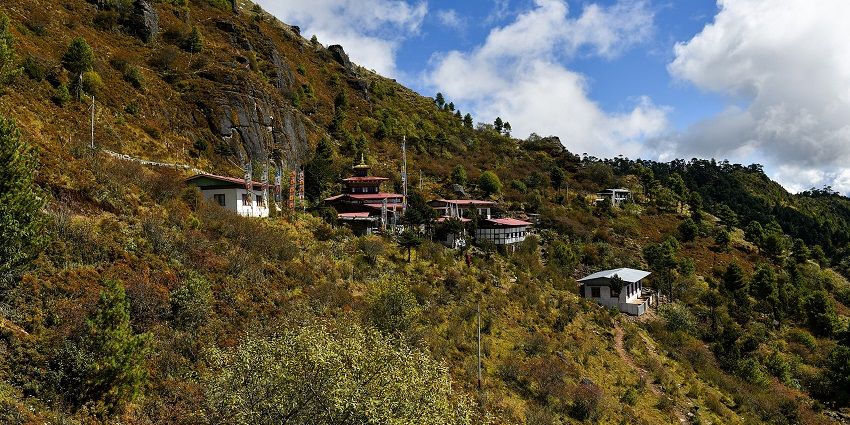
Photo: Christopher J. Fynn / Wikimedia Commons
Tharpaling Monastery is located in Bumthang, Bhutan. It was established in the 14th century and is known for its role in Vajrayana Buddhism. The monastery has traditional Bhutanese architecture, with wooden carvings and prayer wheels. It serves as a meditation retreat for monks and practitioners. The monastery plays an important role in Bhutanese culture. Annual religious gatherings and prayer sessions attract many devotees. Festivals like Tharpaling Thongdrol are held, where a large sacred scroll is displayed. It is one of the top Tibetan monasteries in Bhutan, preserving ancient teachings and spiritual practices.
Best Time To Visit: March to May, September to November.
Nearby Attractions: Jakar Dzong, Kurjey Lhakhang, Tamshing Lhakhang.
4. Gandantegchinlen Monastery, Mongolia

Photo: Marcin Konsek / Wikimedia Commons
Gandantegchinlen Monastery is in Ulaanbaatar, Mongolia. It was built in the 19th century and remains a key centre for Tibetan Buddhism in Mongolia. The monastery has traditional Tibetan and Mongolian architectural styles, featuring a massive statue of Avalokiteshvara. It serves as a religious centre, hosting prayers and rituals. The monastery helped revive Buddhism in Mongolia after years of decline. Festivals such as the Tsam Dance and the Buddhist New Year are celebrated.
Best Time To Visit: May to September.
Nearby Attractions: Gorkhi-Terelj National Park, Chinggis Khaan Statue Complex, National Museum of Mongolia.
5. Bailin Temple, China
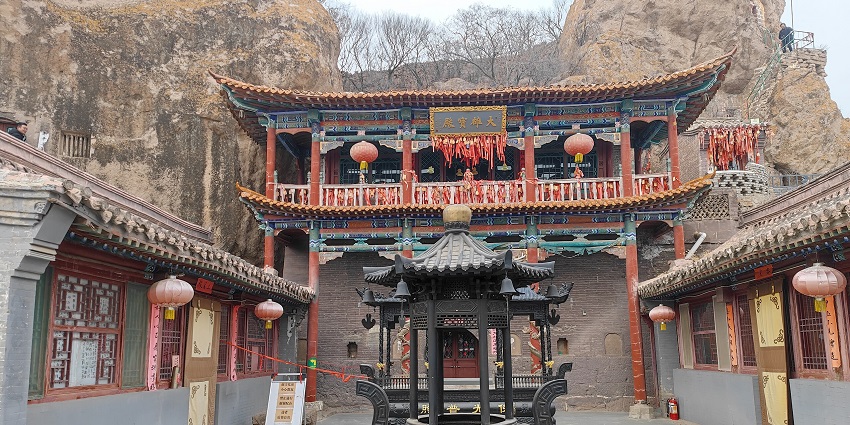
Photo: Vikarna / Wikimedia Commons
Bailin Temple, located in Beijing, China, is a historic Buddhist monastery. It follows the Tibetan Buddhist tradition and is known for its scholarly contributions. The temple has ancient Chinese architectural elements blended with Tibetan designs. It houses important Buddhist scriptures and statues. The monastery serves as a learning centre for monks and practitioners. Various ceremonies, prayers, and meditation sessions are held throughout the year. Major festivals, including Chinese New Year and Buddhist holy days, are observed here.
Best Time To Visit: April to October.
Nearby Attractions: The Forbidden City, Temple of Heaven, and Summer Palace.
6. Phajoding Monastery, Bhutan
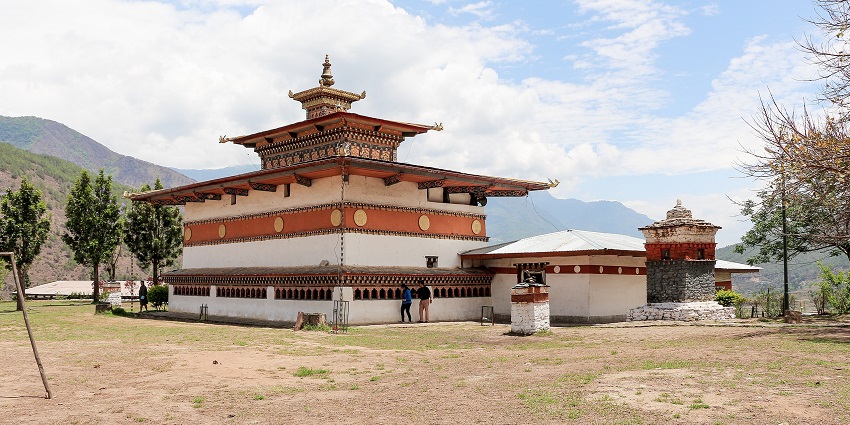
Photo: Bernard Gagnon / Wikimedia Commons / Image For Representation Only
Phajoding Monastery is situated in the hills near Thimphu, Bhutan. It was built in the 13th century and is considered one of Bhutan’s most important Buddhist sites. The monastery has traditional Bhutanese-style buildings with colourful paintings and prayer flags. It is a meditation retreat for monks, following strict spiritual discipline. The monastery plays a role in Bhutan’s religious history and cultural heritage. Monastic festivals, prayers, and annual spiritual gatherings take place here. It continues to be one of the famous Tibetan monasteries, attracting monks and visitors seeking spiritual knowledge.
Best Time To Visit: March to May, September to November.
Nearby Attractions: Tashichho Dzong, Buddha Dordenma, National Memorial Chorten.
7. Lhodrak Karchu Monastery, Bhutan
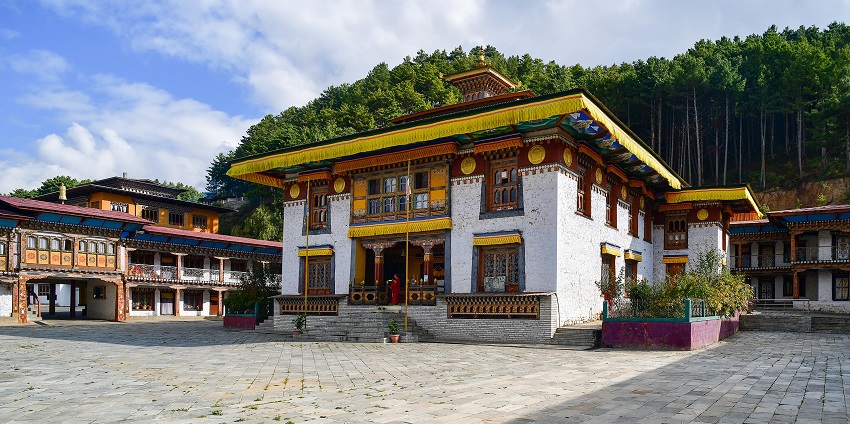
Photo: Christopher J. Fynn / Wikimedia Commons
Lhodrak Karchu Monastery is in Bumthang, Bhutan. It was founded in the 1980s by Namkhai Nyingpo Rinpoche. The monastery follows the Nyingma tradition of Tibetan Buddhism. The buildings reflect classic Bhutanese architecture, with wooden carvings and sacred murals. It is a centre for Buddhist study and meditation. The monastery plays a key role in preserving the Nyingma teachings. Annual religious gatherings, including chanting ceremonies and prayer rituals, take place.
Best Time To Visit: March to May, September to November.
Nearby Attractions: Jambay Lhakhang, Burning Lake, and Tamshing Lhakhang.
8. Thrangu Tashi Yangtse Monastery, Nepal
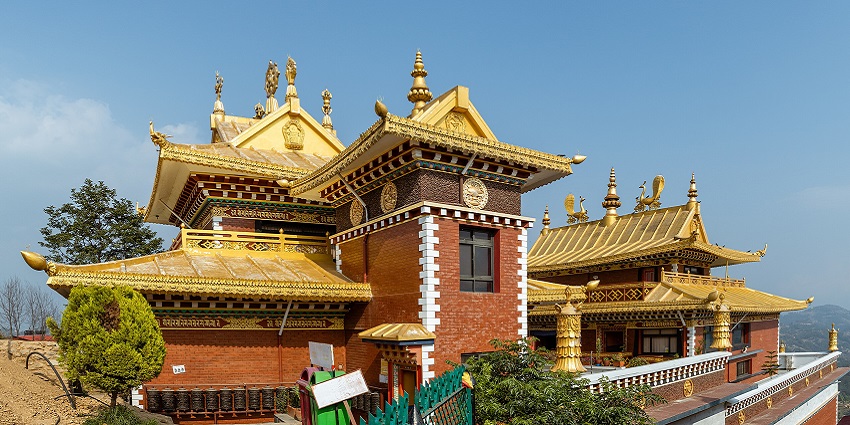
Photo: Bijay Chaurasia / Wikimedia Commons
Thrangu Tashi Yangtse Monastery is located in Nepal’s Namo Buddha region. It was founded in the late 20th century by Thrangu Rinpoche. The monastery’s architecture follows traditional Tibetan designs, with golden roofs and intricate carvings. It is a centre for Buddhist study and meditation, where many monks receive teachings. The monastery plays an important role in preserving the Karma Kagyu lineage. Festivals such as Buddha Jayanti and Tibetan New Year are observed with prayers and ceremonies.
Best Time To Visit: October to April.
Nearby Attractions: Boudhanath Stupa, Pashupatinath Temple, Swayambhunath.
9. Nalanda Monastery, France
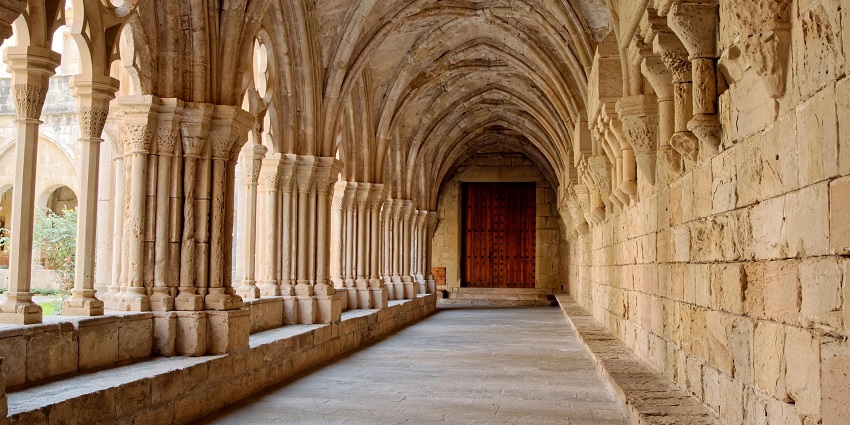
Photo: SLPix / Pixabay / Image For Representation Only
Nalanda Monastery is in France and is one of Europe’s leading Tibetan monasteries worldwide. It was established in 1981 under the guidance of Lama Yeshe and Lama Zopa Rinpoche. The monastery follows the Gelug tradition of Tibetan Buddhism. The buildings have a simple and functional design, supporting monastic studies. It is a training centre for monks, focusing on Buddhist philosophy and meditation. The monastery holds regular teachings, debates, and meditation sessions.
Best Time To Visit: May to September
Nearby Attractions: Carcassonne, Toulouse, Canal du Midi.
10. Chongsheng Temple, China
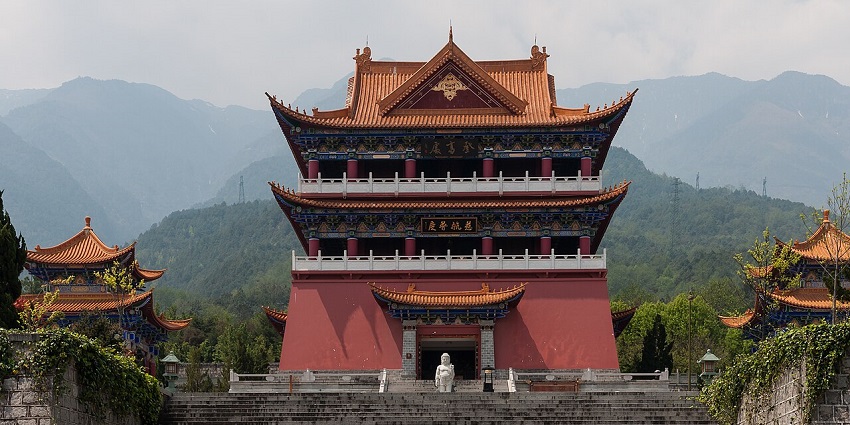
Photo: CEphoto, Uwe Aranas / Wikimedia Commons
Chongsheng Temple is located in Yunnan, China. It is an important Buddhist monastery with strong Tibetan influences. The temple complex was originally built in the 9th century and has undergone several renovations. It has grand pagodas, golden statues, and Buddhist scriptures. The monastery plays an important role in Buddhist learning and practice in the region. Various religious ceremonies, prayers, and teachings take place here. Festivals such as Buddha’s Birthday and Tibetan holy days are celebrated. It is among the famous Tibetan monasteries in China, attracting many pilgrims and visitors.
Best Time To Visit: March to October.
Nearby Attractions: Dali Ancient Town, Erhai Lake, Cangshan Mountain.
Tibetan monasteries continue to be important spiritual and cultural centres. They preserve ancient Buddhist teachings and provide a place for learning and meditation. These monasteries welcome monks, scholars, and visitors who wish to understand Tibetan Buddhism. Many hold festivals and prayer gatherings throughout the year promoting Buddhist traditions, offering a worldwide space for devotion and study. Plan your visit with TripXL for a well-guided experience.
Cover Photo: Leoneix / Wikimedia Commons


 WhatsApp
WhatsApp
 Twitter
Twitter









